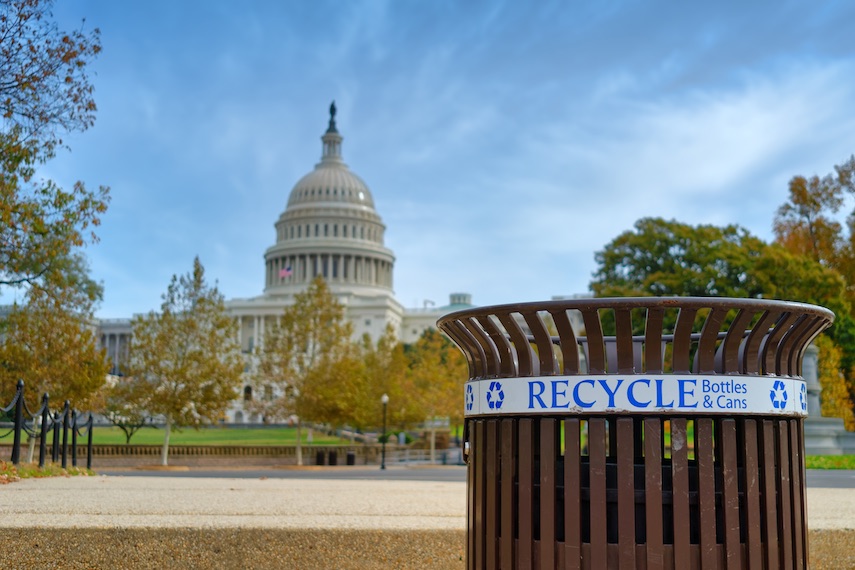Today’s post continues down the climate risk path. This time, however, let’s look at governmental activities that are setting the stage for corporate emissions reductions goals and strategies. Regulations aren’t the only thing that set expectations and benchmarks for corporate climate policies – governments stick a stake in the sand through their own emissions goals and commitments.
Unfortunately, those national goals are just as varied in comparison to each other as are corporate programs. Bloomberg recently reported that each of the forty countries that participated in President Biden’s April climate summit have “different goals, often expressed in different metrics, with different strategies, levels of domestic support, actual pollution rates, and—perhaps most confusing of all—the myriad baselines by which nations are measuring their proposed emissions cuts.”
For example, here are different countries’ emissions reductions goals for 2030:
- China: 60% reduction against 2005 baseline year
- India: 33%-35% reduction against 2005 baseline year
- UK: 68% reduction against 1990 baseline year
- EU: 55% reduction against 1990 baseline year
- Japan: 46% reduction against 2013 baseline year
- South Korea: 24.4% reduction against 2017 baseline year
- US: 50%-52% reduction against 2005 baseline year
What Does This Mean?
For US companies, I’m not certain these numbers are particularly meaningful at the moment. Ultimately, they do inform rulemaking and technical regulatory standards – but that will take more time. The question at this point is not whether emissions limitations will become enforceable, but what level of reductions ultimately will be required.
Companies would do well to pursue reasonable and aggressive timelines for meaningful carbon emissions reductions throughout the supply chain, while monitoring legal developments in the jurisdictions in which they operate. Those that stay ahead of the pace of government will almost certainly be ahead of the amount of reductions mandated.










